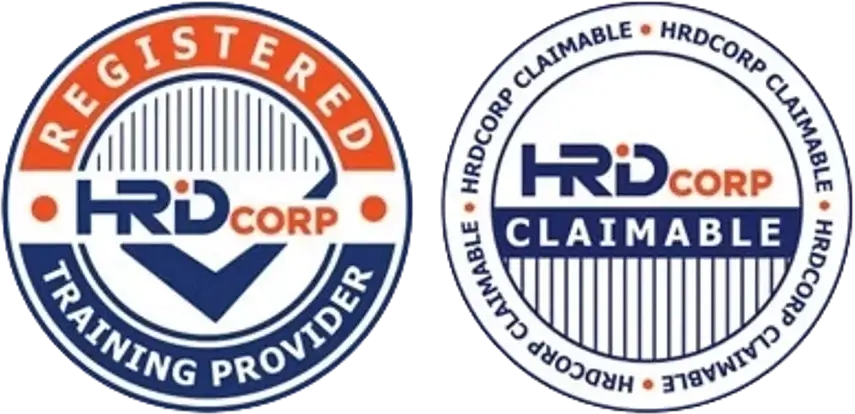Can Your GMP Records Survive a Surprise Audit?
A well-maintained GMP record system can make or break your next audit — especially if it’s unannounced.
Surprise audits are becoming more common from NPRA, MOH, certification bodies, and even key retail customers. The question is:
👉 Are your GMP records audit-ready right now?
Let’s explore what GMP auditors are looking for, the common recordkeeping gaps, and how to ensure your documents can stand up to scrutiny — anytime.
📋 Why GMP Records Are So Important
-
Records provide evidence of compliance with GMP requirements
-
Show that processes were followed correctly and consistently
-
Help trace who did what, when, and how
-
Required by:
-
NPRA (Malaysia)
-
ISO 22000, FSSC 22000
-
Internal QA teams and certification audits
-
-
If it’s not documented, auditors assume it didn’t happen
⚠️ What Happens When Records Are Incomplete or Inaccurate?
-
Major non-conformities during audits
-
Loss of certification or license
-
Product recalls or market withdrawals
-
Legal risks and reputation damage
-
Rejection by retailers, importers, or regulatory bodies
🕵️ What Do GMP Auditors Look for in Records?
1. Completeness
-
All required logs are filled out fully
-
No missing signatures or skipped sections
-
Covers daily, weekly, and monthly records
2. Accuracy
-
No suspicious corrections or white-outs
-
Consistent data (e.g., temperature logs match production records)
-
Clear handwriting or printed entries
3. Timeliness
-
Records completed in real-time, not backdated
-
Entries made on the day of the activity
4. Traceability
-
Each record clearly shows:
-
Operator name/signature
-
Date and time
-
Product or batch code
-
-
Linked to batch release or product quality
5. Retention and Accessibility
-
Archived properly (paper or digital)
-
Easily retrievable during inspection
-
Retained for required period (often 1–5 years, depending on product type)
✅ Types of GMP Records You Must Keep Audit-Ready
-
Production records (batch sheets, mixing logs)
-
Cleaning and sanitation logs
-
Equipment calibration and maintenance logs
-
Pest control service reports
-
Training attendance and materials
-
Environmental monitoring records
-
Material receiving and traceability records
-
Internal audit findings and CAPA reports
🛠 How to Make Your Records Audit-Proof
📆 1. Set a Documentation Routine
-
Daily, weekly, and monthly record checkpoints
-
Assign responsible staff to review and file records
🧑🏫 2. Train All Staff on Good Documentation Practices (GDP)
-
Use black or blue pen only
-
No blank fields — use “N/A” when not applicable
-
Sign and date everything immediately
📁 3. Use Templates or Digital Logs
-
Pre-approved record templates reduce errors
-
Digital systems offer reminders and time-stamps
🔍 4. Conduct Regular Internal Reviews
-
Spot errors before auditors do
-
Check for:
-
Missing pages
-
Illegible handwriting
-
Incomplete forms
-
🧾 5. File and Back Up Records Securely
-
Store by department, month, and record type
-
Use both physical and cloud-based storage, where possible
🚨 Red Flags Auditors Often Find
-
Records completed in pencil or erasable ink
-
Logs filled out all at once at the end of the shift
-
Pages missing from cleaning or batch logs
-
Untrained personnel signing off on critical activities
-
Files not available on request (“someone took it home”, “it’s in storage”)
📌 Final Thoughts
If an auditor walked in today, would your GMP records:
✅ Be complete and signed?
✅ Show clear traceability?
✅ Be accessible within minutes?
If the answer is “maybe” — it’s time to act.
GMP documentation isn’t just about paperwork — it’s about proving your facility runs safely, consistently, and professionally.
💼 Need help preparing for a GMP audit or fixing your documentation system?
At CAYS Scientific, we support Malaysian SMEs with:
✔️ GMP and ISO-compliant record templates
✔️ Internal audit support
✔️ Team training on documentation best practices
✔️ Mock audits for real-world readiness
📞 Contact us today and make sure your records are ready — anytime.




